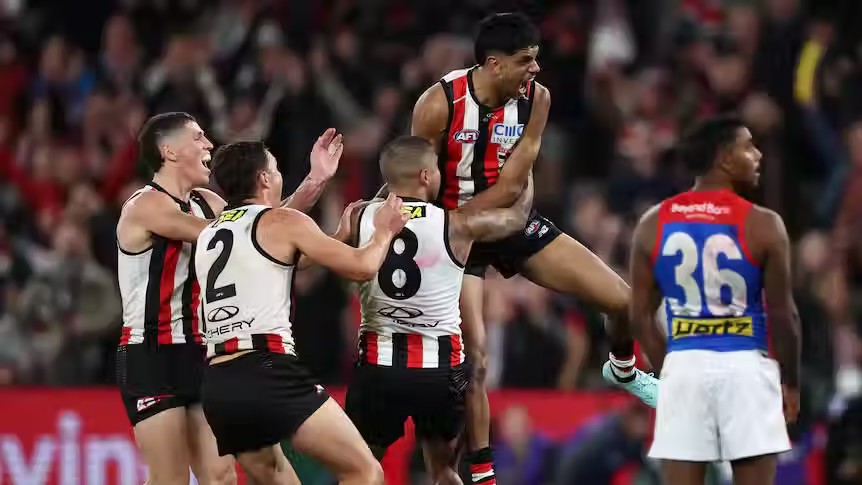What the AFLPA Should Learn from the Damar Hamlin Situation
- guywholikessport
- Jan 9, 2023
- 5 min read

I wasn’t sure about this article. It felt to me kind of like talking to an alcoholic about quitting drinking (or gun control in the United States). Some say that the midst of, yet another brutal hangover is the best time to stage an intervention, others say the person needs to be clear headed. Then I saw this PR tweet from NFL Network employee Ian Rapoport:





Comments